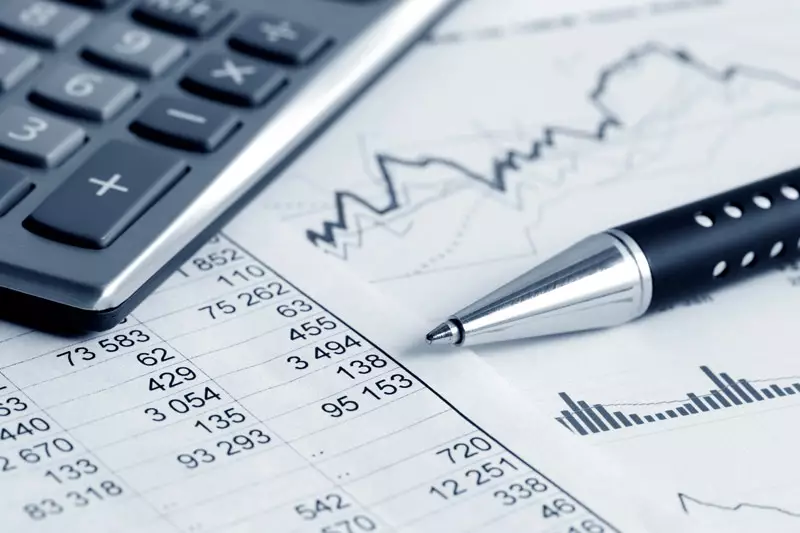After June’s presidential election in Mexico, the country’s economy is expected to continue growing steadily, in line with the performance of the United States. However, there are concerns about the fiscal challenges that the new government will face. President Andres Manuel Lopez Obrador’s administration implemented spending increases in anticipation of the election, raising worries about potential inflationary pressures. Leading the electoral race is ruling party candidate Claudia Sheinbaum, who has proposed raising the minimum wage and supporting state-owned energy companies while also promising fiscal discipline without providing detailed plans.
According to a Reuters poll of 34 analysts conducted in April, Mexico’s GDP is forecasted to grow by 2.2% in 2024 and 1.9% in 2025. The consensus view for 2025 was downgraded from an earlier forecast of 2.1% in a January poll. The expected growth is primarily driven by positive macroeconomic results in the United States, which would boost Mexican exports and remittance flows. However, there are uncertainties both externally and domestically, including recent volatility in the local currency market.
Despite the positive economic outlook, concerns persist about Mexico’s fiscal situation. The overall fiscal deficit is projected to reach 5.9% of GDP by the end of 2024, the highest level for Mexico in the IMF’s public finances data series since 2015. The current economic team aims to reduce the deficit to 3.0% by 2025 through a combination of measures, including tax reforms and expenditure reviews. However, there are doubts about how the new government will address key issues such as payments to cover losses and debt of state oil company Pemex.
In light of persistently elevated inflation and the U.S. Federal Reserve’s shift to a more cautious monetary policy stance, Mexico’s central bank faces challenges in setting its policy rate. The Mexican benchmark rate was recently cut by 25 basis points to 11.0%, but there are expectations of further reductions in the coming quarters. The central bank, known as Banxico, closely monitors the U.S. Fed rate, as changes in the Fed rate impact Banxico’s policy decisions.
Mexico’s economy is poised for steady growth following the presidential election, but the new government will need to address fiscal challenges and implement structural reforms to sustain long-term economic stability. The central bank’s monetary policy decisions will also play a crucial role in navigating the economic landscape and responding to external factors such as the U.S. Federal Reserve’s policies. The path ahead for Mexico’s economy will depend on the government’s ability to balance economic growth with fiscal prudence and financial stability.

